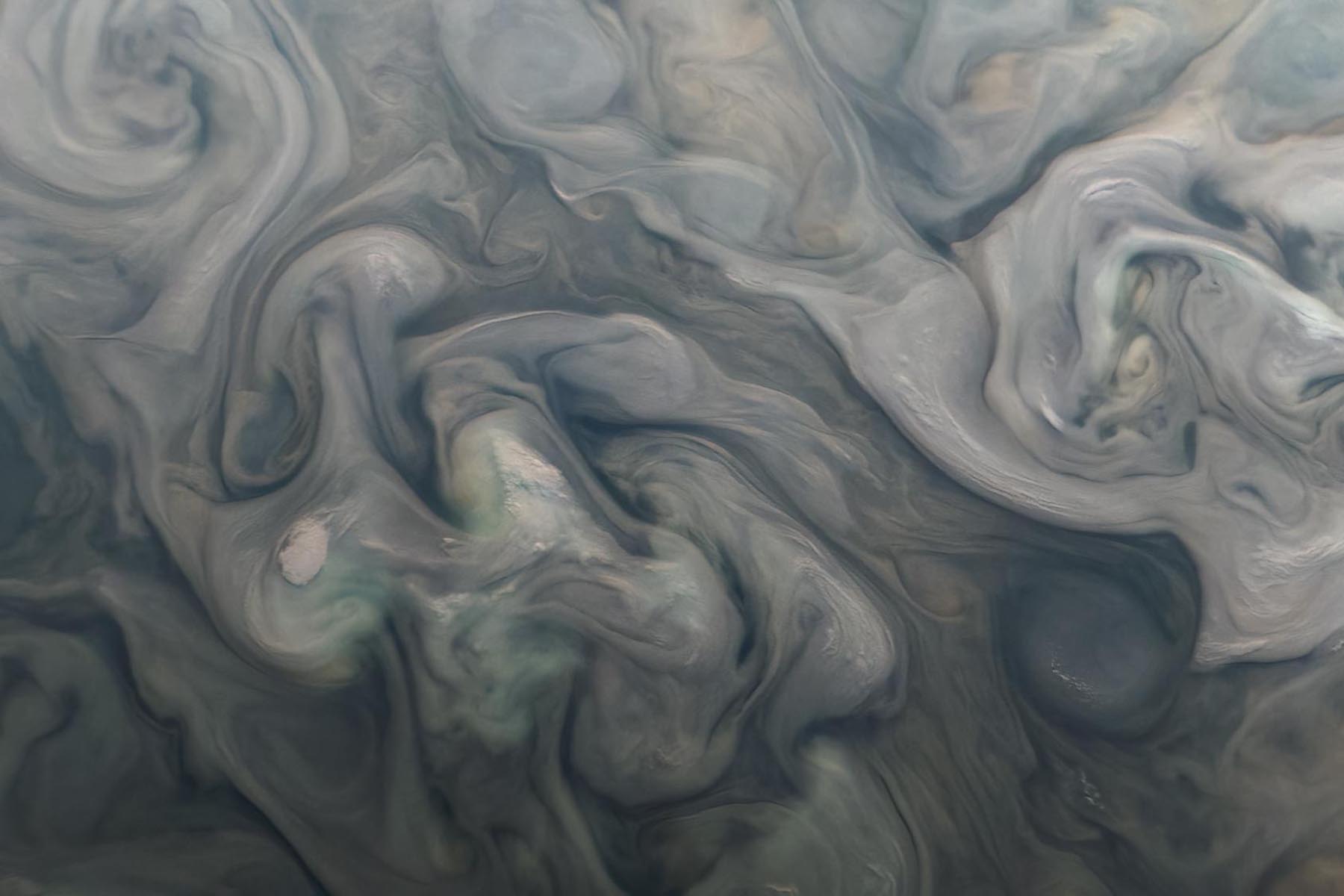A new way to identify stresses in complex fluids

Ardekani, Professor of Mechanical Engineering, studies complex flows: from the transport processes related to biopharmaceuticals, to the behavior of microorganisms around an oil spill. “Newtonian fluids like water are simple to understand, because they have no microstructure,” she said. “But complex fluids have macromolecules that stretch and relax, and that changes many properties of the fluid, leading to very exciting fluid dynamics.”
Viscoelastic flows occur frequently in nature, in biomedical settings, and in industrial applications – such as solutions used in groundwater remediation. “When groundwater becomes contaminated, remediators use certain polymer-based solutions to disperse chemicals designed to break down the contaminants,” said Ardekani. “But what type of polymer should they use, how much, and where should they inject it? The only way to answer those questions is by understanding the behavior of these flows, which comes down to measuring stresses.”
Currently, the only way to quantify the stresses of polymeric fluids is a technique called birefringence, which measure specific optical properties of the fluid. But it’s very difficult to perform, often inaccurate, and doesn’t apply to all types of macromolecules.
Ardekani’s team have discovered a new technique. They created a mathematical framework that takes input from flow velocity, obtained from particle image velocimetry (a common technique in fluid dynamics), and outputs stress and stretching field topologies for complex fluids. Their research has been featured in Proceedings of the National Academy of Sciences (PNAS).
In particle image velocimetry (PIV), tracer particles are injected into a fluid. By using the movement of those particles, researchers can extrapolate information about the overall flow kinematics. While this can be readily used to evaluate stress in Newtonian fluids, Ardekani’s team have discovered a mathematical correlation between these measurements and the stresses in viscoelastic flows.
It all connects through something called Lagrangian coherent structures (LCSs). “Lagrangian coherent structures are mathematical constructs used to predict the dynamics of fluid flows,” said Ardekani. “They are used by oceanographers to predict how currents will move; biologists who are tracking microorganisms; and even astrophysicists, who are observing the turbulent clouds on places like Jupiter.”
While LCSs are often used by turbulence researchers, they have never been applied to polymeric stress until now. “We have united two disparate branches of continuum mechanics,” said Ardekani, “using Lagrangian stretching, and applying it to Eulerian stress fields. And this applies to a wide range of scales, from the mesoscale all the way up to industry scale measurements.”
The paper is a collaboration between Ardekani; her Ph.D. student Manish Kumar; and Jeffrey Guasto, Associate Professor of Mechanical Engineering at Tufts University. They presented their findings in November 2022 at the 75th Annual Meeting of the APS (American Physical Society) Division of Fluid Dynamics in Indianapolis, which Ardekani co-organized.
While the research is largely mathematical, Ardekani is excited to see how experimentalists will use the technique in the lab and in the real world. “Let’s use our groundwater remediation example again,” said Ardekani. “Researchers typically use tracer analysis on the injected fluids to measure the velocity field. But now, they can also identify the stress fields, so they can more accurately predict the transport of that fluid.”
Writer: Jared Pike, jaredpike@purdue.edu, 765-496-0374
Source: Arezoo Ardekani, ardekani@purdue.edu, 765-496-0002
Lagrangian stretching reveals stress topology in viscoelastic flows
Manish Kumar, Jeffrey S. Guasto, and Arezoo M. Ardekani
https://www.pnas.org/doi/10.1073/pnas.2211347120
Viscoelastic flows are pervasive in a host of natural and industrial processes, where the emergence of nonlinear and time-dependent dynamics regulate flow resistance, energy consumption, and particulate dispersal. Polymeric stress induced by the advection and stretching of suspended polymers feeds back on the underlying fluid flow, which ultimately dictates the dynamics, instability, and transport properties of viscoelastic fluids. However, direct experimental quantification of the stress field is challenging, and a fundamental understanding of how Lagrangian flow structure regulates the distribution of polymeric stress is lacking. In this work, we show that the topology of the polymeric stress field precisely mirrors the Lagrangian stretching field, where the latter depends solely on flow kinematics. We develop a general analytical expression that directly relates the polymeric stress and stretching in weakly viscoelastic fluids for both nonlinear and unsteady flows, which is also extended to special cases characterized by strong kinematics. Furthermore, numerical simulations reveal a clear correlation between the stress and stretching field topologies for unstable viscoelastic flows across a broad range of geometries. Ultimately, our results establish a connection between the Eulerian stress field and the Lagrangian structure of viscoelastic flows. This work provides a simple framework to determine the topology of polymeric stress directly from readily measurable flow field data and lays the foundation for directly linking the polymeric stress to flow transport properties.
